11 Smart Reasons to Use Vinegar With Laundry (and When Not To)
Use vinegar in laundry to whiten, brighten, reduce odors, and soften clothes without the use of harsh chemicals. Plain white distilled vinegar is a cost-effective and safe option for both standard and high-efficiency washers.
For laundry purposes, opt for the distilled white vinegar with 5% acidity to avoid any potential staining from tannins, which are natural plant dyes. If, in a pinch, only cider vinegar is available, use less and dilute it with water before applying it directly to clothes.
11 Reasons to Use Vinegar in Laundry
1. It’s cheap
These days, plain distilled white 5% vinegar runs around 5 cents per oz. in the typical supermarket when purchased by the gallon. It will likely be even less in a discount department store like Target, a warehouse club like Costco or Sam’s. or home center like Home Depot or Lowe’s. Check your local dollar store and you might find the cheapest option of all.
By comparison, name-brand liquid fabric softeners, which we do not recommend, are all over the place, ranging from 10 to 25 cents per oz.—that’s four to five times the cost. As an alternative to liquid softeners, dryer sheets are a cheaper way to ruin your clothes and linens, on average, about 9 cents per sheet.
2. It is colorless
When buying vinegar to use in the laundry, choose the cheapest distilled white vinegar with 5% acidity. It contains no synthetic color and no natural plant dyes that can stain clothes.
3. It softens
Plain white distilled vinegar with 5% acidity is a natural fabric softener. The acid helps remove detergent and soil that is left clinging to fabric fibers, which is what allows clothes and linens to come out feeling soft and clean.
Commercial softeners work just the opposite. They are designed to coat fibers, leaving behind their scented residue, which can build up over time, rendering those items non-absorbent, dingy gray, and anything but soft.
A half-cup of white vinegar, when added to the final rinse (pour it into the washer reservoir marked for laundry softener), on the other hand, will soften fabrics and leave no residue at all. If you want, a light scent can be added with a few drops of lavender oil. However, once dry your laundry will not smell like vinegar.
4. It is safe to use
Distilled white vinegar is safe to use in both standard and high-efficiency washers. At 5% acidity, it is 95% water, which makes it mildly acidic. Once added to the washer, food-grade vinegar becomes even more diluted when mixed with gallons of rinse water in the typical machine.
Vinegar in the laundry is not only safe in septic tanks, it is beneficial to that type of system, and to the environment as well.
5. It whitens, brightens
The acetic acid in distilled white vinegar will not harm washable fabrics because it is so mild, while at the same time strong enough to dissolve the alkalis that soap and detergent often leaves behind in our clothes and household linens.
Adding only 1/2 cup of vinegar to the final rinse means brighter, clearer colors. And blacker blacks, because soap and detergent residue can give washable black clothes a dull, lackluster appearance.
To do this, add the distilled white vinegar to the fabric softener dispenser or add it manually at the beginning of the rinse cycle if your washer gives you that option.
6. It reduces odor
Wet towels left sitting in a hamper or forgotten in the washer can produce a sour, moldy smell. To get rid of that problem and to get those towels smelling nice and fresh, do this:
Fill the washer with hot water, add two cups of distilled white vinegar and run a complete wash cycle with no detergent. Run a second complete cycle with detergent added.
This works well for minor situations and small loads. you’ll want to use this more aggressive treatment for serious situations
Fun Fact
Unlike commercial liquid fabric softeners and dryer sheets, vinegar has no effect on the fire retardants used in children’s sleepwear.
7. It releases lint, pet hair
One-half cup of white distilled vinegar in the rinse cycle will help prevent lint and pet hair from clinging to clothes. The vinegar helps the fabric fibers relax and “release” the hair. In the same way, vinegar helps get rid of the excessive lint if you accidentally wash something dark with something that produces lint, like towels.
8. It fights underarm odor
To eliminate perspiration odor and stains from washable clothes, prepare a spray bottle filled with undiluted distilled white vinegar and store it in your laundry room. Directly spray the vinegar onto the inside fabric of the underarm regions and let it sit for at least 10 minutes before adding the garment to the washing machine. Use a soft-bristle brush to loosen any residue if the fabric feels stiff. Vinegar aids in breaking down any leftover deodorant and preventing yellowing in the underarm area.
9. It erases hemlines
To eliminate the small perforations that may remain after modifying a piece of clothing along a seam or hemline, follow these steps: dampen a white cloth with distilled white vinegar, position it underneath the fabric, and apply pressure. Make sure to adjust the iron temperature appropriately and use a pressing cloth on the garment’s surface to avoid scorching.
10. It keeps dark clothing dark
Don’t you hate it when your black jeans seem to fade with every washing until they’re no longer black at all? If you want to protect the vibrancy of your dark, machine-washable garments, add 1/2 cup of distilled white vinegar to the last rinse cycle when you launder them. This may effectively prevent black and other dar colors to fade and appear lackluster.
11. It may get rid of smoke odors
To eliminate the unpleasant smell of cigarette or cigar smoke from your machine-washable clothes, include 1/2 cup of distilled white vinegar in the wash cycle. For items that are not washable and for furnishings such as curtains and cushions, fill the bathtub with hot water and 1 cup of vinegar. Suspend the clothes or fabric above the steamy water, close the door, and allow the steam to penetrate the fibers.
When Not to Use Vinegar in Laundry
With Chlorine Bleach: Never use vinegar in conjunction with chlorine bleach, or with any products that contain chlorine bleach. When vinegar and chlorine bleach are mixed, it creates a chemical reaction that produces toxic chlorine gas, which is extremely harmful and can be fatal.
With Elastic: It is best to avoid the overuse of vinegar when washing gym gear or other types of clothing with elastic in it. Over time, the acidity can break down elastic, shortening the lifespan of anything with stretch in it.
Published 5-2-22; Updated and republished 2-26-23
Everyday Cheapskate participates in the Amazon Services LLC Associates Program, an affiliate advertising program designed to provide a means for us to earn from qualifying purchases, at no cost to you.

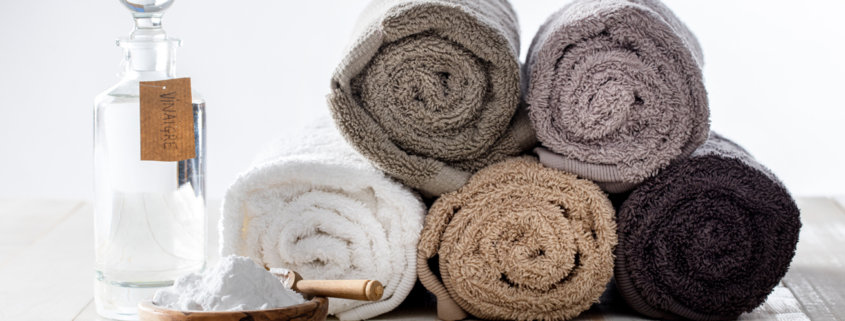
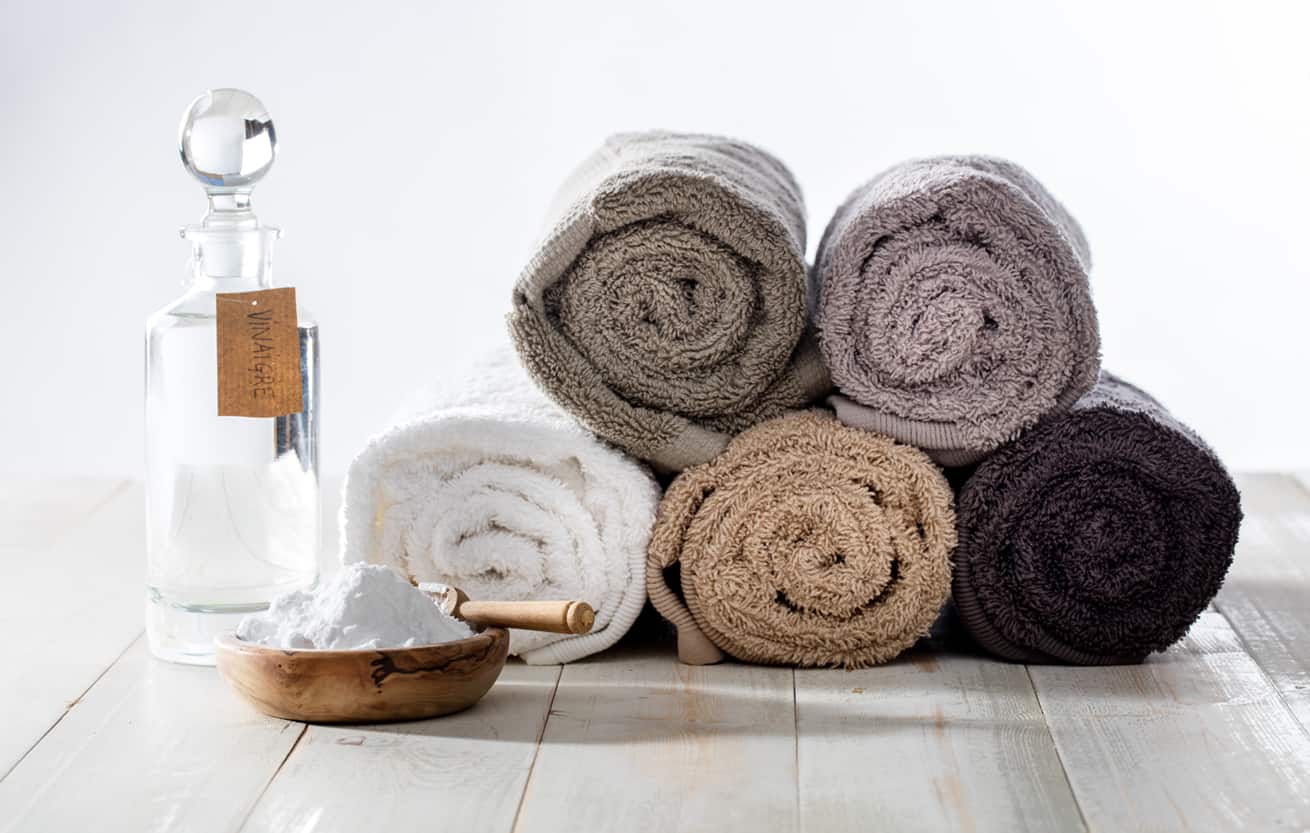
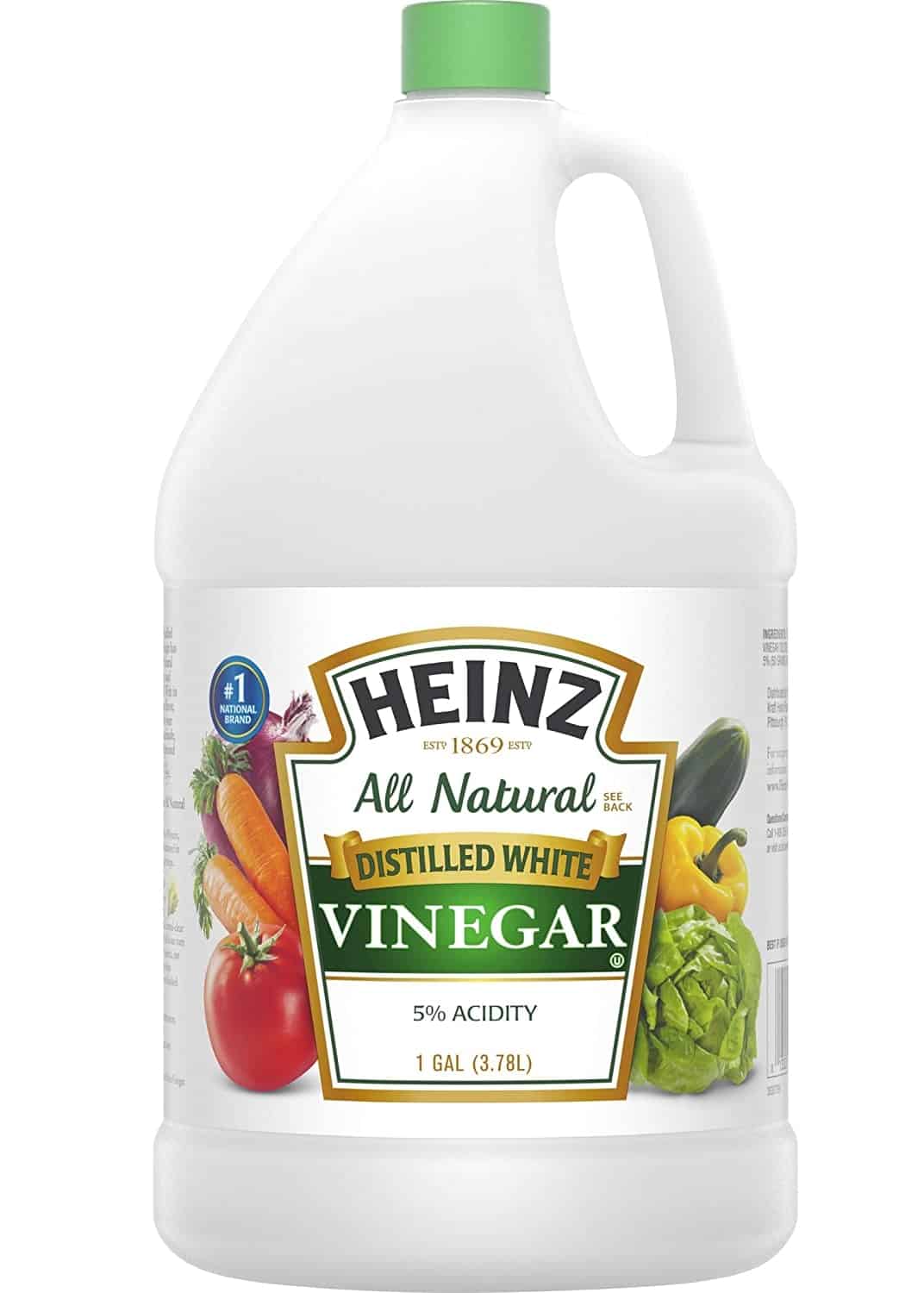

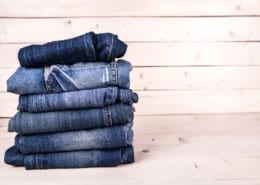



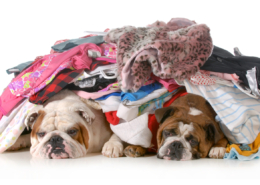
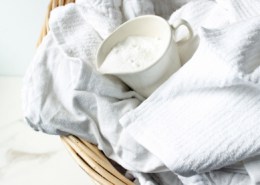
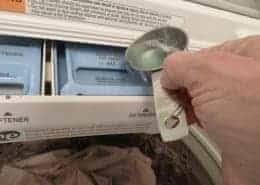
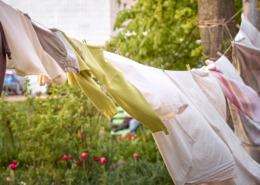
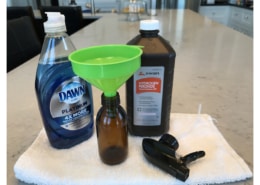


Use in wash along with detergent also.
Is that a question? If so the answer is No.
RE: Mixing DWV with chlorine bleach…..are you saying that DWV can’t be used in the rinse cycle of towels that have been washed with bleach in the water? I can understand not using the vinegar in the wash water, but I just wanted to clarify things. Thanks so much for all you do!
No not saying that. By then it is very diluted. No worries.
Whew!!! What a relief!